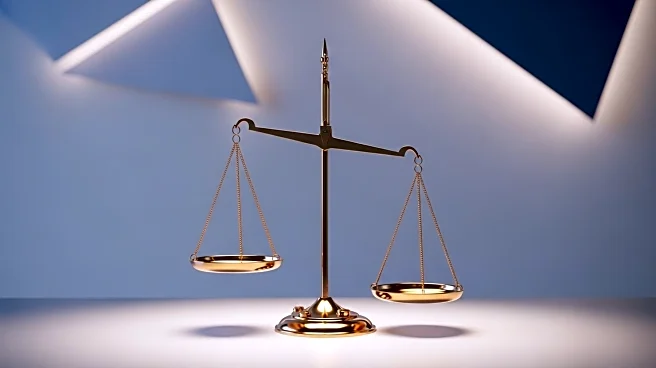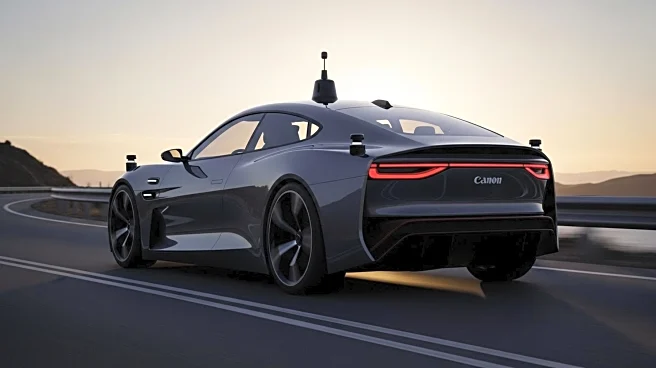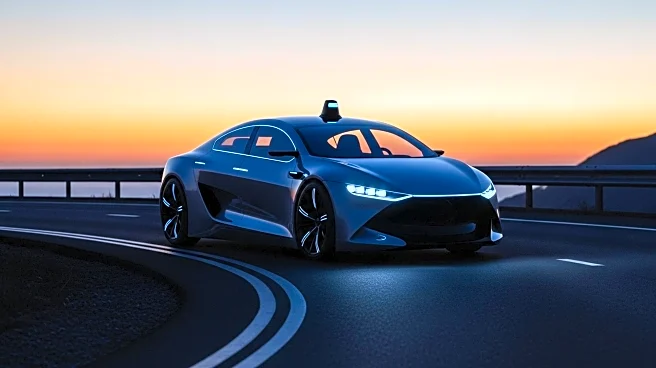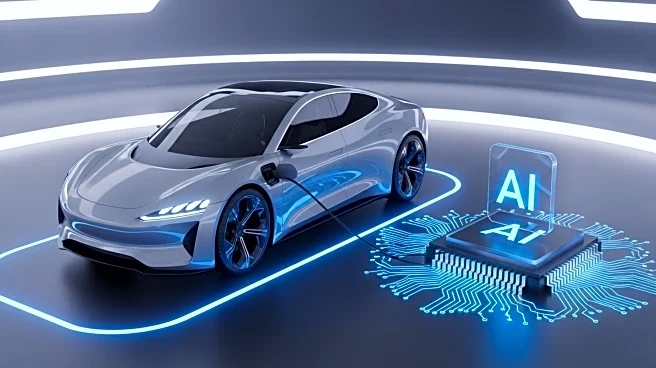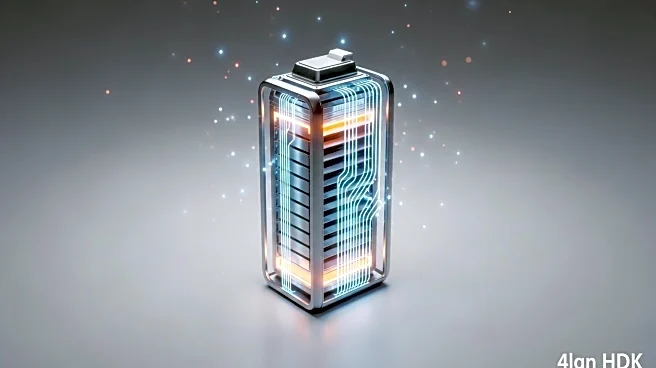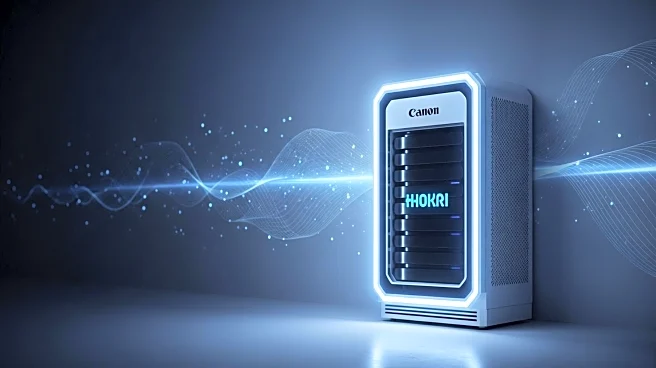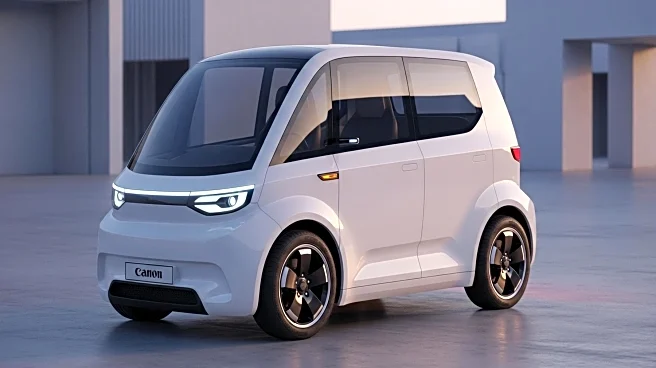What's Happening?
Tesla has introduced new in-car messaging that encourages drivers who are drowsy or drifting between lanes to activate its Full Self-Driving (FSD) feature. This development has raised concerns among safety experts who argue that such prompts could lead drivers to rely on the system during moments of inattention, potentially increasing the risk of accidents. The FSD system, despite its name, requires drivers to remain attentive and ready to take control at all times. Critics highlight the conflicting nature of these messages, which may confuse drivers about the appropriate use of the technology.
Why It's Important?
The introduction of these messages comes at a critical time for Tesla, as the company faces scrutiny over its self-driving capabilities and safety record. Encouraging drivers to use FSD when drowsy could exacerbate the 'out-of-the-loop performance problem,' where drivers become less engaged and fail to monitor the system effectively. This issue is particularly concerning given Tesla's ongoing legal challenges and the potential impact on its reputation and market position. Ensuring driver safety while using advanced driver assistance systems is crucial for the broader acceptance and success of autonomous vehicle technology.
What's Next?
Tesla may need to address the concerns raised by safety experts and consider revising its messaging strategy to ensure drivers understand the limitations of the FSD system. The company is also awaiting the outcome of a court hearing in California, which could affect its ability to sell and manufacture vehicles in the state. As the debate over autonomous vehicle safety continues, regulatory bodies and industry stakeholders may push for clearer guidelines and standards to protect consumers.

